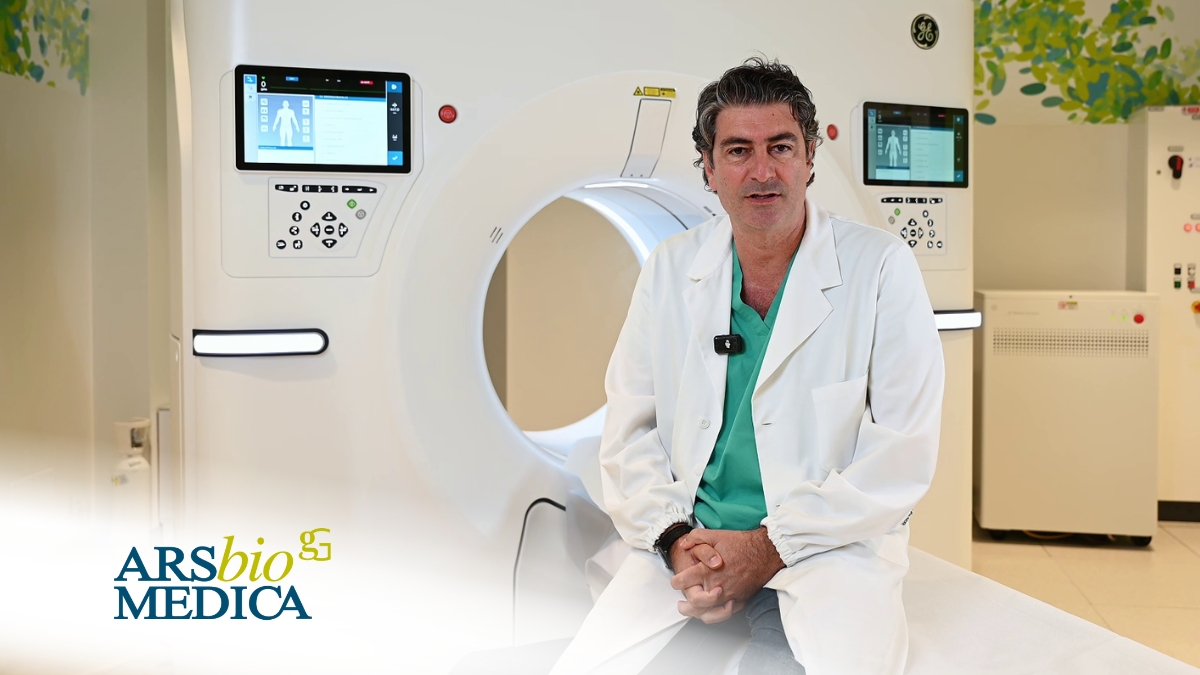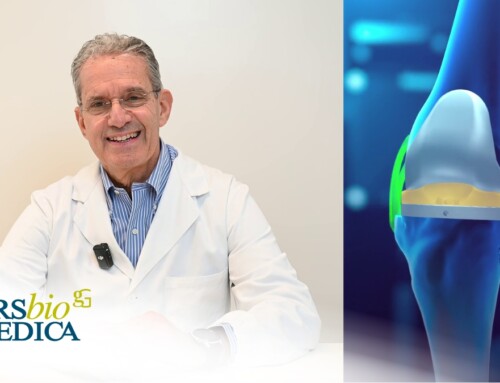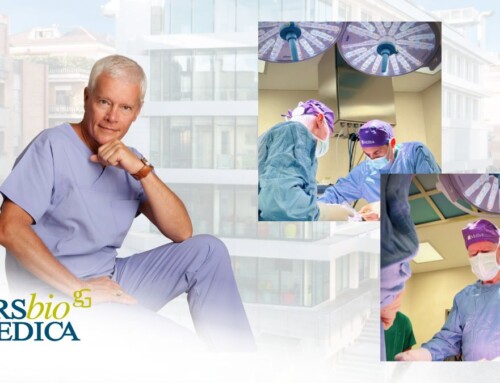
Articolo del 28/11/2024
On the occasion of International Day of Radiology, we delve into the essential role of medical imaging in modern medicine. Traditional Radiology, Computed Tomography (CT), Magnetic Resonance Imaging (MRI), and Ultrasound have revolutionized the approach to diagnosing and treating patients. These technologies provide valuable and detailed information that allows for the early detection of numerous conditions and the monitoring of ongoing treatments.
Each branch of Radiology has unique and specific applications. From Orthopedics, for the evaluation of fractures, to Oncology, where these technologies are fundamental for detecting tumors and metastases. Interventional Radiology, moreover, enables minimally invasive procedures guided by imaging, reducing patient risk and improving post-operative recovery.
Why is Medical Imaging crucial for ensuring a patient’s care pathway is personalized and tailored? What services does Medical Imaging offer in Rome at Ars Biomedica? We discuss this with Dr. Giulio Vallati, a Radiologist at Ars Biomedica.
What is the role of Radiology at Arsbiomedica?
Today, Medical Imaging is an essential service at the Clinic because it allows for patient management from diagnosis to prognosis and therapy tailored to individual patients. The availability of cutting-edge technologies, such as CT and MRI, facilitates both the diagnostic and therapeutic journey for patients.
At Ars Biomedica, we have implemented a systematic approach through multidisciplinary meetings where all specialists collaborate to decide on the most appropriate examinations to perform and continue with the patient’s treatment plan.
Ars Biomedica offers a high-tech package, including a 3 Tesla MRI equipped with artificial intelligence applications that enable optimal study of any body part and organ, and the 512-slice Multislice CT, the Apex Revolution, which you see behind me, allowing for comprehensive CT scans of any area of the body.
What Impact Has Artificial Intelligence Had on Medical Imaging?
Thanks to the 512-slice CT scanner, we now have the ability to conduct incredibly detailed scans and 2D and 3D reconstructions of any body part or system. This particular CT scanner, with its dual-energy mechanism, allows for spectral imaging in addition to conventional imaging in a single acquisition, which is especially important for studying certain organs, particularly within the cardiovascular system.
For oncology patients, both the 3 Tesla MRI and the 512-slice CT are invaluable for early diagnosis and precise planning throughout the diagnostic and therapeutic process, as well as during follow-up exams to monitor the efficacy of treatments.
What Role Does Cutting-Edge Technology Play in Enabling Early Diagnosis?
Early detection is essential to determine whether an ongoing treatment for cancer is effective and suitable for the patient—known as targeted therapy—or if there is a need to change to alternative medications.
Artificial Intelligence has revolutionized how imaging exams are performed and analyzed by radiologists. Today, we can:
- Acquire images faster,
- Reduce the amount of ionizing radiation given to the patient,
- Decrease the contrast agents administered in the patient’s blood vessels.
AI significantly shortens the time needed for procedures and maximizes the use of available technologies. This optimizes the diagnostic and treatment pathways and helps reduce the inappropriateness of certain diagnostic investigations.






